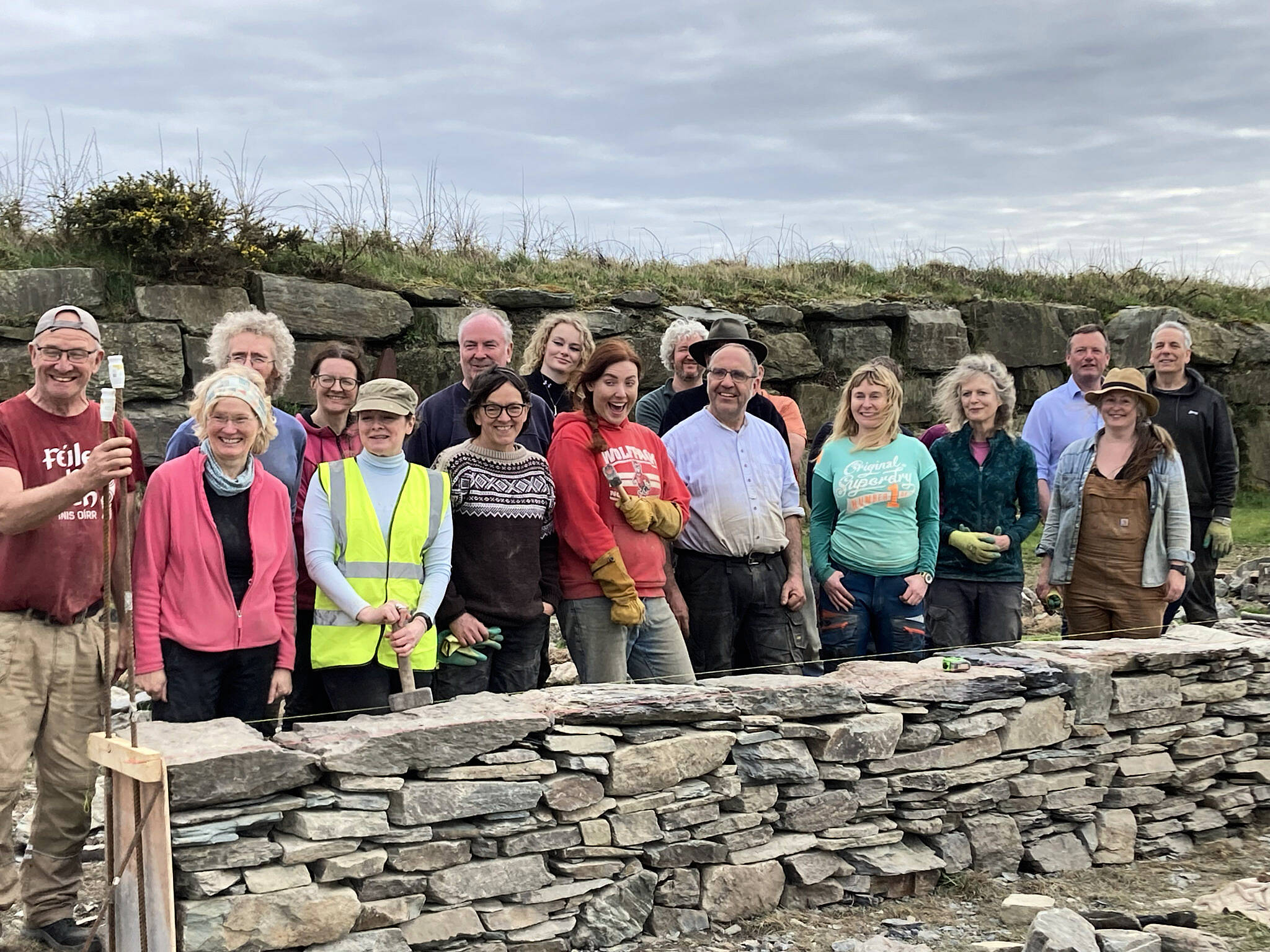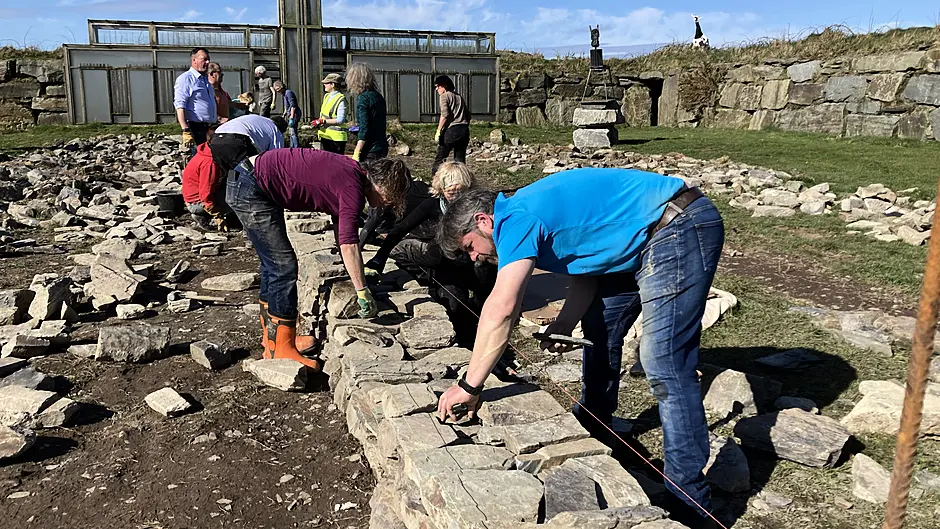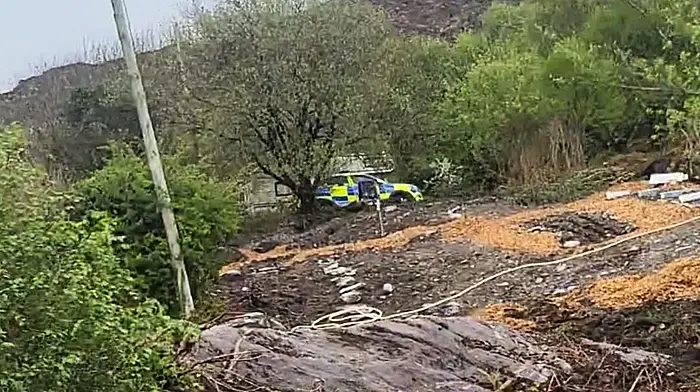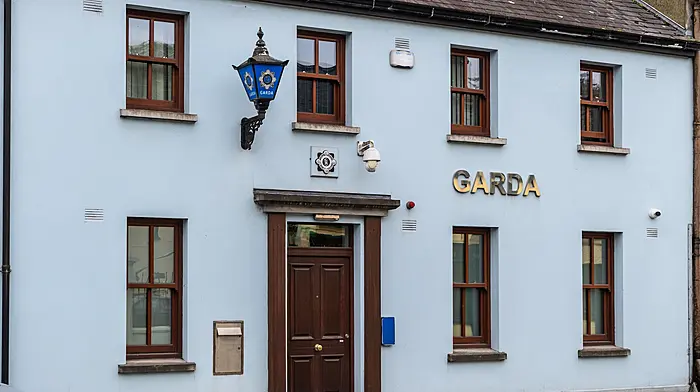A group of West Cork people is ensuring the tradition of building dry stone walls continues to flourish.
PEOPLE the length and breadth of the country are going stone mad and none more so than in West Cork, where dry stone walls are a standout feature of the landscape.
Courses provided by National Organic Training Skillnet, otherwise known as Nots, on how to build, maintain, and repair dry stone walls has certainly helped to support a tradition that is no longer in any danger of dying out.
But it was the decision by Unesco in December 2024 to recognise Ireland’s practice of dry stone wall construction, adding it to its list of intangible cultural heritage, that is being celebrated.
This ancient tradition, which involves building walls without mortar or cement, is a significant part of Ireland’s cultural landscape.
The Southern Star recently caught up with four exuberant Nots instructors – two of whom are living in West Cork – and saw how a two-day course contributed to the recreation of an old famine wall in Union Hall.
Sculptor Sunny Wieler said it was something he saw every day, growing up in the Mealagh Valley in Bantry.
But Sunny had no way of knowing that it would influence his career as a renowned sculptor, working in stone, and specialising in mosaics.
‘Growing up in West Cork you are surrounded by stone – between stone circles, standing stones, and an abundance of dry stone walls,’ he said.
‘Working with your hands is always a lovely thing to do, especially dry stone because it is something you can do in any weather,’ said Sunny, who for relaxation loves to tip-away at stone walls on his own property near Cork, as well as joining his friends for the two-day workshops, and attending the famous Festival of Stone, which is held on the smallest of the Aran Islands every September.
Karl Kennedy, a Dubliner now living in Castletownbere, is the go-to-guy on the Nots website.
He explained that the workshops were originally set up to show farmers how to restore stone walls, but they are getting lots of interest from other people who want to repair walls in their own gardens, or build flower beds.
 The end product of the recreation of an old famine wall in Union Hall.
The end product of the recreation of an old famine wall in Union Hall.
‘We teach people the principles of stone walling so they are structurally sound,’ said Karl, who said anyone interested in their next course in Carrigaline in May, or Union Hall in June, can sign up on the Nots website.
Karl said no one knows how much fun the courses are until they take part. ‘It’s amazing. We had, for example, 18 participants at the course in Union Hall in March, most of whom had never lifted a dry stone before in their life.
‘But within half-an-hour people are working away. You just fall in on a section of wall and you get chatting to people you have never met before. Great friendships are made through workshops like this, and a lot of people keep in touch afterwards.
‘The atmosphere is always great, but the sense of achievement at the end – when the wall is finished – is amazing. People can stand back and say they were part of this build.’
James Fahy, better known as Jim, a stone mason by trade, speaks with great passion about the association, the workshops, and the many strands of stone wall study he does in his spare time, including working to revive the secret language of stone masons.
‘Doing this helps me, as a historian, because I am researching the history in Cork, and trying to bring back the language the masons would have used in medieval times,’ he said.
 A group of 18 people took part in a recent two-day dry stone wall workshop in Union Hall.
A group of 18 people took part in a recent two-day dry stone wall workshop in Union Hall.
Jim’s humour on what is, to the uninitiated, a chain gang is infectious. But it is Ronan Crehan, whose day job is working with the heritage services of the Office of Public Works, that keeps people on the straight and narrow.
Ronan’s day job is to repair and maintain dry stone walls out on national monuments, so he sets the very best of standards and is patience itself when it comes to reminding participants that they have the skills to build something that will stand the test of time.
Even with a two-hour set up on a wet morning, which later gave way to beautiful sunshine, Ronan holds everyone’s attention as he explains in a very simple way the five principles of making a good dry stone wall.
 Sculptor Sunny Wieler is from Bantry.
Sculptor Sunny Wieler is from Bantry.
At a famous Famine memorial site at South Reen Farm, the property of John and Christina Todesco Kelly, the group worked on recreating the second of possibly four walls framing the site.
They are evocative of the Famine walls that were built throughout Ireland, especially in the west and south, in the mid-19th century, during the Great Famine.
Historically, the walls were built as famine-relief works projects, sponsored by landlords and churches to provide work and income for unemployed peasants.
 Stone mad.
Stone mad.
Anyone with a need to build a stone wall – for community, cultural, historic, or indeed practical purposes – can apply to have a workshop conducted on their land.
The bookings and logistics are left up to Nots, while the owner has the privilege of hosting a well-earned break in the morning, as well as a fun, foodie and restorative lunch.
The Union Hall workshop was about famine-relief works, but ask any participant and they will say they find a different kind of relief being outdoors, working in the fresh air, working up an appetite, and sizing up stones as if they were part of a jolly giant jigsaw puzzle, leaving lots of clues as to how ‘stone mad’ became part of our lexicon.
WATCH HERE:







